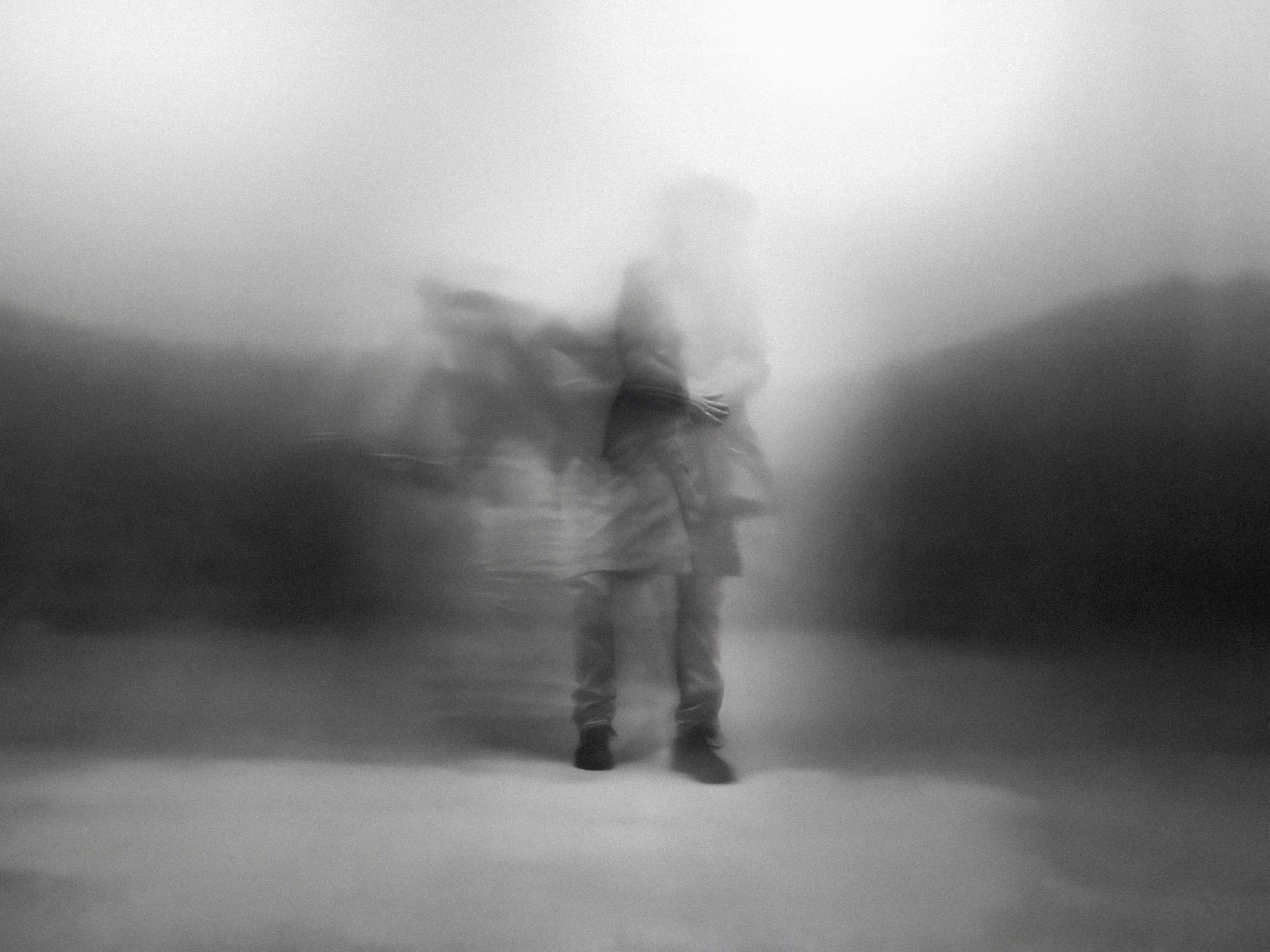
EPHEMERA
-
Phoebe has been taking photos ever since she received her first camera at age nine. Born into a family of prolific artists—including Magnum photographer Elliott Erwitt and National Geographic photographer Rick Smolan—she grew up immersed in the language of images. Over the past 25 years, she has developed a distinctive approach: a keen, almost obsessive observation of the subtle, often unnoticed interactions that define human relationships.
Though born and raised in Northern California, Phoebe has spent most of her life in New York City, where the rhythm of the streets has shaped her artistic sensibilities. Her latest work explores intimate, fleeting tableaus—moments suspended between connection and solitude, presence and disappearance. Drawn to poignant juxtapositions and raw human connection, she transforms ephemeral moments into something tangible—fragments of time that can be revisited, long after they’ve passed.
-
Photography is my way of surviving the world—a reason to be out in it despite its harshness and chaos. Making images is both an art and a self-prescribed responsibility: to preserve fleeting, intangible things. To not witness alone.
As I navigate life with a degenerative disease, I find myself drawn to anything on the verge of vanishing—fading light, receding waves, healing scars, momentary reflections, chance meetings, transient loves. What remains when presence turns to absence? How can I hold onto something when it is already disappearing?
Ephemera lingers in liminal spaces—figures suspended in water, faces dissolving into light and shadow, conjuring an intimacy that feels both urgent and distant, like a dream dissolving before it can be fully grasped. In blending predominantly queer narrative portraiture with street photography, I get to harness my fascination for the human condition and study those around me, capturing both the intensity of fleeting passion and the weight of solitude. In the words of Miranda July,
“All I ever really want to know is how other people are making it through life—where do they put their bodies, hour by hour, and how do they cope inside of it?”
My medium is high-contrast black-and-white imagery with the occasional splash of color, where light and shadow carve out moments of tenderness, longing, and transience. I experiment with combinations of sharpness and blur to create dynamic visual rhythms, allowing the eye to experience the motion surrounding precise points of stillness.
These moments are from first dates and 30th dates, from fashion shows, from Pride parades, from bedrooms, of friends, of strangers, of people I used to love, of people I will love forever.
Those who know me know I am rarely seen without a camera in hand. On the rare occasion that I am without one, I am quietly taking pictures with my eyes. To merely leave the house has become a spiritual practice in seeing; the world never fails to arrange itself into compositions wherever I look. Even on the worst days, this is true.
COLLECTION























